#Decolonization
Explore tagged Tumblr posts
Text
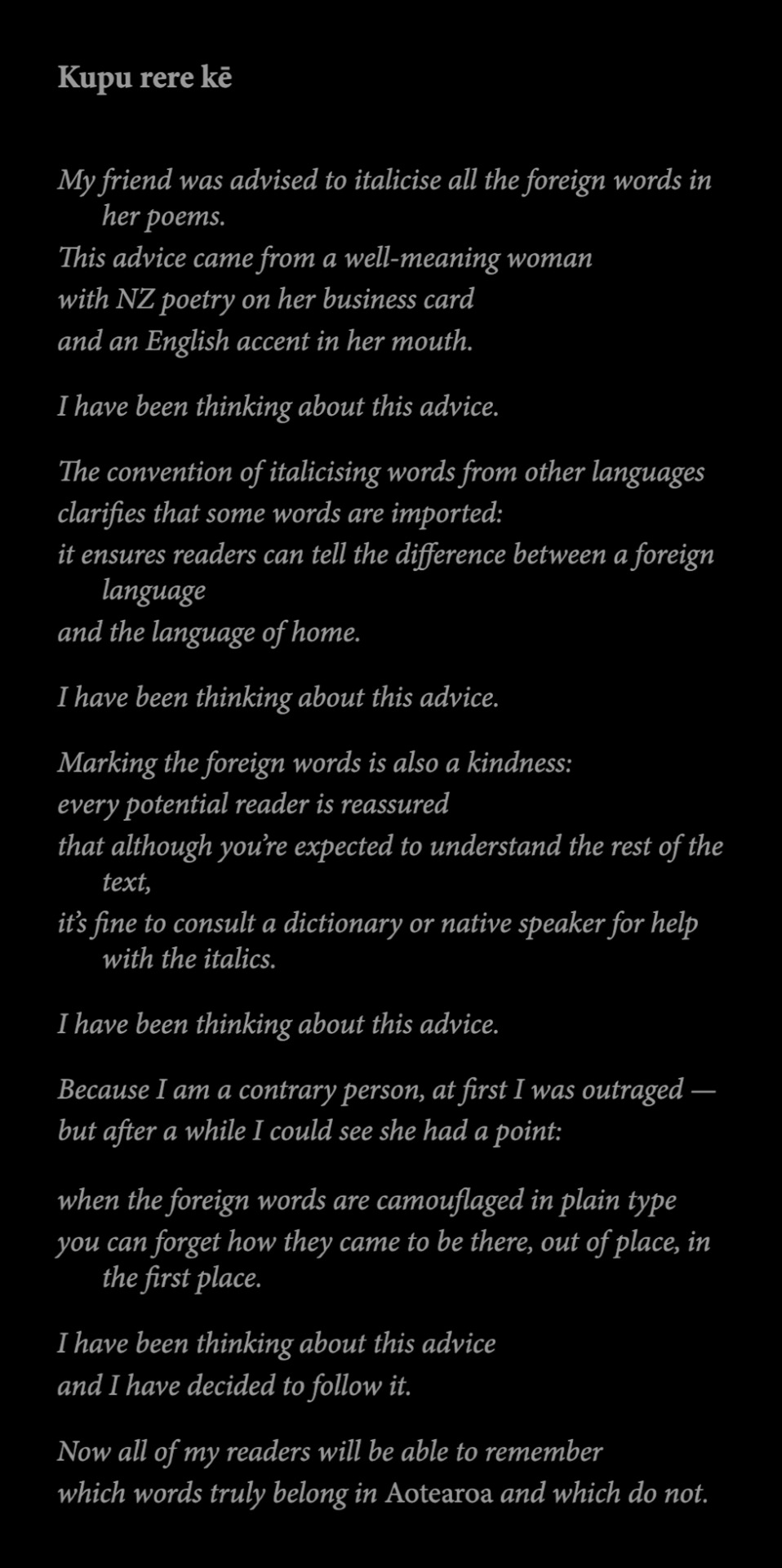
Alice Te Punga Somerville, Always Italicise: How to Write While Colonised - Kupu rere kē
[ID: A poem titled: Kupu rere kē. [in italics] My friend was advised to italicise all the foreign words in her poems. This advice came from a well-meaning woman with NZ poetry on her business card and an English accent in her mouth. I have been thinking about this advice. The convention of italicising words from other languages clarifies that some words are imported: it ensures readers can tell the difference between a foreign language and the language of home. I have been thinking about this advice. Marking the foreign words is also a kindness: every potential reader is reassured that although you're expected to understand the rest of the text, it's fine to consult a dictionary or native speaker for help with the italics. I have been thinking about this advice. Because I am a contrary person, at first I was outraged — but after a while I could see she had a point: when the foreign words are camouflaged in plain type you can forget how they came to be there, out of place, in the first place. I have been thinking about this advice and I have decided to follow it. Now all of my readers will be able to remember which words truly belong in -[end italics]- Aotearoa -[italics]- and which do not.
Next image is the futurama meme: to shreds you say...]
(Image ID by @bisexualshakespeare)

#powerful right off the bat#Alice Te Punga Somerville#Always Italicise#Always Italicise: How to Write While Colonised#new zealand poem#Always Italicise How to Write While Colonised#Kupu rere kē#aotearoa#quote#quotes#poem#poetry#Māori poetry#Māori#colonization#colonisation#Decolonisation#Te reo māori#Decolonization#new zealand#new zealand poetry
80K notes
·
View notes
Text
Seeing a lot of posts about the Palestinian flag, and it got me thinking about indigenous flags around the world.
Māori:

Kalaallit Nunaat:

Haudenosaunee

Nunatsiavut:

Australian Aboriginal:

Torres Strait Islands:

Rapa Nui:

Kurdistan:

Sami:

Ainu:

Of course, these are just a handful. May they all reclaim their stolen lands.
#palestine#free palestine#indigenous people#ainu#sami#rapa nui#inuit#greenland#maori#australian aboriginal#kurds#kurdistan#colonialism#decolonization#land back
18K notes
·
View notes
Text
just a friendly reminder that, just because slavery was formally "abolished" in the so-called united states* in 1865, enslavement itself is still ongoing in the form of incarceration, which disproportionately affects Black and Indigenous people

(*i say "so-called" because the US is a settler-colonial construction founded on greed, extraction, and white supremacy) recommended readings/resources:
The New Jim Crow: Mass Incarceration in the Age of Colorblindness by Michelle Alexander
"How the 13th Amendment Kept Slavery Alive: Perspectives From the Prison Where Slavery Never Ended" by Daniele Selby
"So You're Thinking About Becoming an Abolitionist" by Mariame Kaba
"The Case for Prison Abolition: Ruth Wilson Gilmore on COVID-19, Racial Capitalism & Decarceration" from Democracy Now! [VIDEO]
#i know most of u probably followed me for fandom stuff but abolition and decolonization and sex workers' rights are so close to my heart#normally i'd post this on my academia blog but i have more followers here so. here ya go#enslavement is still ongoing in SO many other ways and it disproportionately targets BIPOC and disabled and impoverished people#might make another post about that#prison abolition#abolition#racial justice#juneteenth#social justice#human rights#resources#police abolition#decolonization#michelle alexander#mariame kaba#ruth wilson gilmore#13th amendment#antiracism
10K notes
·
View notes
Text
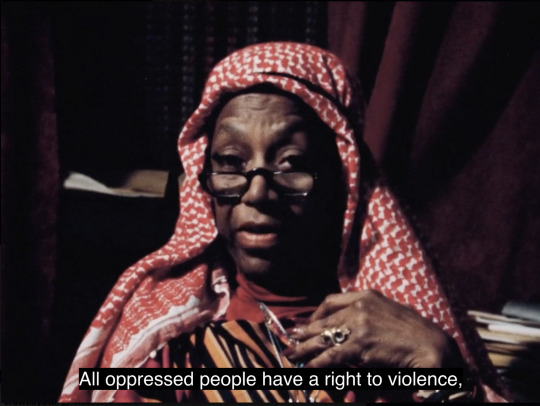
Born in Flames (1983)
by Lizzie Borden
#1980s movies#No Wave#Downtown NYC#Florynce Kennedy#free palestine#Gaza#Keffiyeh#intifada#civil rights#i said what i said#decolonization#I don't know who needs to hear this today but#palestine#Israel#israeli apartheid#ethnic cleansing#Vaporwave#Social Justice#supernatural#qsmp#mass effect#us politics#loki#one piece#taylor swift#the eras tour
7K notes
·
View notes
Text

Sunday Sermon.
Unlearn 'white is right'.
1K notes
·
View notes
Text
#kamala harris#jasmine sherman#tim walz#lakota people#lakota project#protect women#protect nature#protect wildlife#important#important post#us politics#decolonization#decolonialism#decolonize your mind#decoloniality#decolonize#child safety#child slavery#greenwashing#child labor#child labour laws#anti nestle#vote for jasmine Sherman#tanda blubear
1K notes
·
View notes
Text
some japanese ww2 atrocities you might not have heard of:
germ warfare in harbin
extensive human experimentation (that the us covered up)
operation sook ching (singapore)
bataan death march (philippines)
romusha slave labor in southeast asia
3K notes
·
View notes
Text
Post cancelled because too many liberals think Kendrick actually did something other than profit off US nationalism. Keep Nina Simone's name outta your dickriding mouth.
#the revolution will not be televised#stop arguing about kendrick he's just a performer and if you think he's a revolutionary you're an idiot#kendrick lamar#half time show#black liberation#decolonization#leftism#josh johnson#capitalism#class war#knee of huss#us politics
2K notes
·
View notes
Text
"In an open-air courtroom set up in a nature reserve in Western NSW, a four-nation clan has secured one of the largest native title claims in the region's history.
Far from the four walls and formalities of a federal courtroom, Justice Melissa Perry delivered her determination at Newey Reserve in Cobar on Wednesday, recognising the native title rights of the Ngemba, Ngiyampaa, Wangaaypuwan and Wayilwan peoples.
The decision marks the successful end of a 12-year legal battle that began in 2012.
The claim covers more than 95,000 square kilometres of land and water from the Barwon River in the north, to the Lachlan River in the south, the Castlereagh River in the east and Ivanhoe to the west.
It recognises native title rights including the right to hunt, fish and gather resources, the right to access and camp on land and right to protect places of cultural and spiritual importance.
A legacy for future custodians
Aunty Elaine Ohlsen, a Ngiyampaa Elder from Cobar and one of the original applicants, said the decision brought her "mixed emotions".
"I just persevered," she said.
"We've been through a lot of trials and tribulations to get here, but I'm someone who won't give up fighting for our people."
"These sorts of things need to happen all the time, because we need to know who we are and where we come from and where we are in this country."
Aunty Elaine hopes the determination will inspire future generations to continue their ancestors' legacy.
"Hopefully, this will encourage them to stay connected to their country, heritage, and culture, and to carry on the hard work we've done," she said.
Vision for the future
Wangaaypuwan man and claim applicant John Shipp recently camped on country with four generations of his family.
He said the recognition of native title meant they could continue to do so without fear of being moved on.
"It's just those little things that give us our connection back to our land, our heritage, our culture," he said.
The native title holders have now formed the Ngemba, Ngiyampaa, Wangaaypuwan Wayilwan Aboriginal Corporation (NNWW Corporation) to manage their rights.
As a director of the NNWW Corporation, Mr Shipp sees the determination as the beginning of a new chapter...
As for Mr Shipp's message to other Indigenous groups fighting for recognition?
"Keep going — it's getting better, it's getting shorter, it's happening, just keep going," he said."
-via ABC News Australia, August 14, 2024
#indigenous#indigineous people#australia#new south wales#land back#indigenous rights#decolonization#first nations#aboriginal#Ngemba#Ngiyampaa#Wangaaypuwan#Wayilwan#good news#hope
1K notes
·
View notes
Text
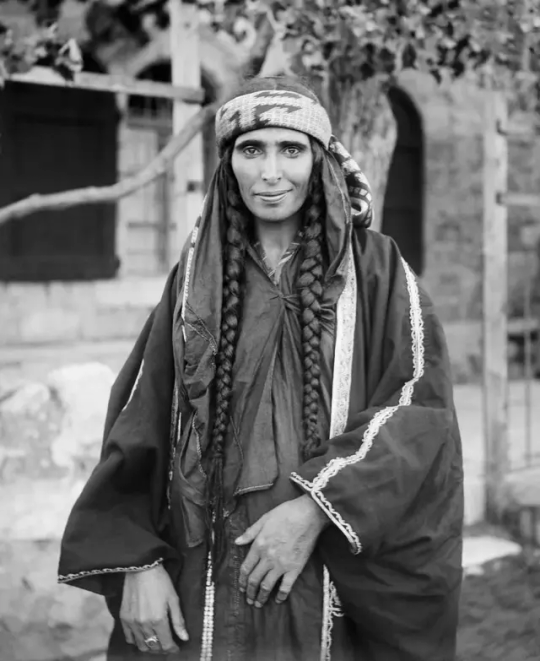
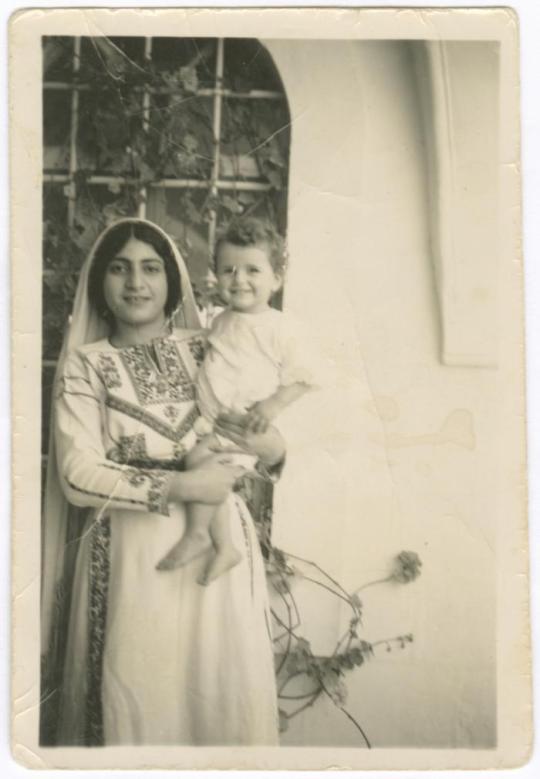
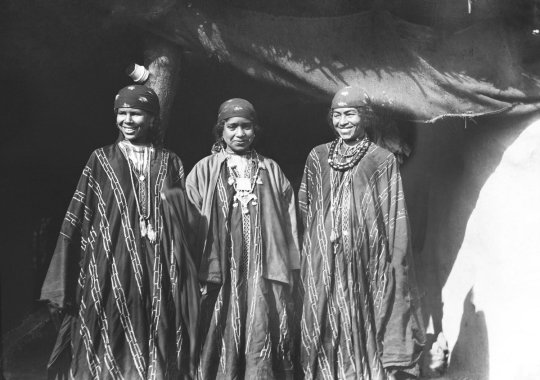
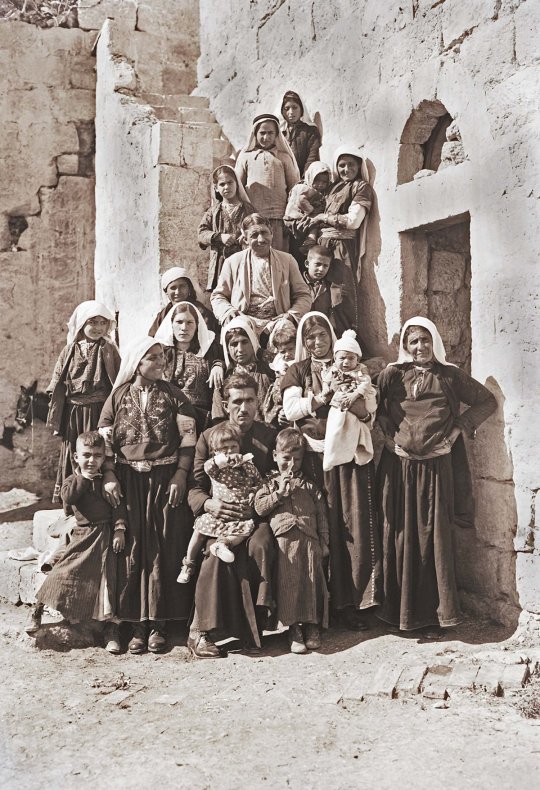





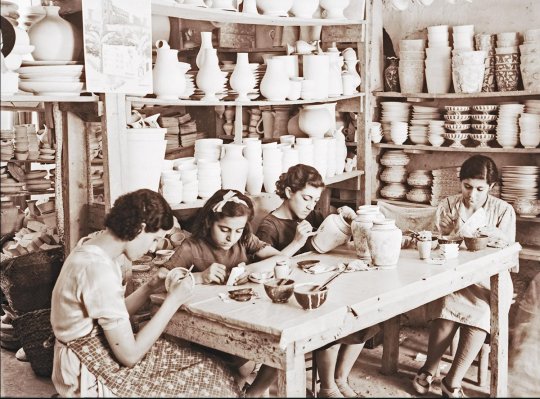



Moments from Palestine across generations and communities
(1) A Bedouin woman smiles in Jerusalem (1898-1914)
(2) Asma Aranki Holding a Child from Her Family at Their House, Birzeit (1948)
(3) Bedouin girls in Jericho (1918)
(4) An extended Palestinian family gathers in front of their house in the village of Beit Sahur, near Bethlehem (1918–35)
(5) From the Mount of Olives, a young woman looks out over eastern Jerusalem (1929)
(6) Ruth Raad, daughter of photographer Khalil Raad, in the traditional costume of Ramallah (1939)
(7) Standing in his neatly ironed shirt and shorts, George Sawabin poses for a studio photo (1942)
(8) Katingo Hanania Deeb, prepares to demonstrate in the 1936-1939 Arab Revolt -- which was a nationalist uprising by Palestinian Arabs against British colonial rule in relation to Palestinian independence and the land acquisition and pushout as a result of the mass Jewish immigration (1936)
(9) Young children walking home from school Beit Deqqo Village, the Occupied Palestinian West Bank, 1987
(10) Four young girls decorating vases in a ceramic workshop in Nablus (1920)
(11) A young Palestinian girl squints and smiles as she holds a jar on her head (1920-1950)
(12) The ancient craft of a Palestinian potter (1918-35)
(13) The mothers of Palestinian detainees' protest in Jerusalem (1987)
Source(s): The British Mandate Jerusalemites (BMJ) Photo Library, Palestinian Museum Digital Archives, The Jerusalem Story + Khalil Raad
Please support, share, cite, and (if financially able) fund these organizations and public storytellers for their rebellious histories and community work!
#decolonization#our world#our history is your history#people#free palestine#palestine#indigenous rights#art of making#and manifesting#history is not neutral#futurepast
4K notes
·
View notes
Text






FREE IRAN!!!! DECOLONIZATION!!!
💙💙 love to our iranian cousins!!! we will fight beside you always.
#free iran#iranians we love you!!!#iran#iranian and jewish solidarity#jumblr#israel#fuck hamas#decolonization
332 notes
·
View notes
Text
Legislation passed last year allows federally recognized tribes to practice cultural burning freely once they reach an agreement with the California Natural Resources Agency and local air quality officials.
Northern California’s Karuk Tribe, the second largest in California, becomes the first tribe to reach such an agreement.
(Feb. 27, 2025, Noah Haggerty)
Northern California’s Karuk Tribe has for more than a century faced significant restrictions on cultural burning — the setting of intentional fires for both ceremonial and practical purposes, such as reducing brush to limit the risk of wildfires.
That changed this week, thanks to legislation championed by the tribe and passed by the state last year that allows federally recognized tribes in California to burn freely once they reach agreements with the California Natural Resources Agency and local air quality officials.
The tribe announced Thursday that it was the first to reach such an agreement with the agency.
“Karuk has been a national thought leader on cultural fire,” said Geneva E.B. Thompson, Natural Resources’ deputy secretary for tribal affairs. “So, it makes sense that they would be a natural first partner in this space because they have a really clear mission and core commitment to get this work done.”
In the past, cultural burn practitioners first needed to get a burn permit from the California Department of Forestry and Fire Protection, a department within the Natural Resources Agency, and a smoke permit from the local air district.
The law passed in September 2024, SB 310, allows the state government to, respectfully, “get out of the way” of tribes practicing cultural burns, said Thompson.
For the Karuk Tribe, Cal Fire will no longer hold regulatory or oversight authority over the burns and will instead act as a partner and consultant. The previous arrangement, tribal leaders say, essentially amounted to one nation telling another nation what to do on its land — a violation of sovereignty. Now, collaboration can happen through a proper government-to-government relationship.
The Karuk Tribe estimates that, conservatively, its more than 120 villages would complete at least 7,000 burns each year before contact with European settlers. Some may have been as small as an individual pine tree or patch of tanoak trees. Other burns may have spanned dozens of acres.
“When it comes to that ability to get out there and do frequent burning to basically survive as an indigenous community,” said Bill Tripp, director for the Karuk Tribe Natural Resource Department, “one: you don’t have major wildfire threats because everything around you is burned regularly. Two: Most of the plants and animals that we depend on in the ecosystem are actually fire-dependent species.”
The Karuk Tribe’s ancestral territory extends along much of the Klamath River in what is now the Klamath National Forest, where its members have fished for salmon, hunted for deer and collected tanoak acorns for food for thousands of years. The tribe, whose language is distinct from that of all other California tribes, is currently the second largest in the state, having more than 3,600 members.
Trees of life
Early European explorers of California consistently described open, park-like woods dominated by oaks in areas where the forest transitions to a zone mainly of conifers such as pines, fir and cedar.

The park-like woodlands were no accident. For thousands of years, Indigenous people have tended these woods. Oaks are regarded as a “tree of life” because of their many uses. Their acorns provide a nutritious food for people and animals.
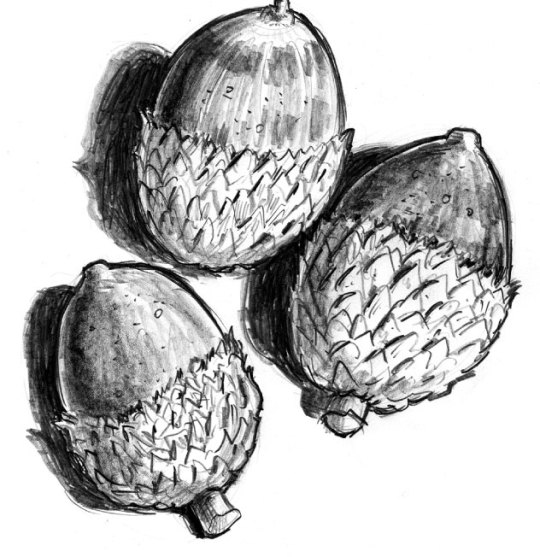
Indigenous people have used low-intensity fires to clear litter and underbrush and to nurture the oaks as productive orchards. Burning controls insects and promotes growth of culturally important plants and fungi among the oaks.

Debris, brush and small trees consumed by low-intensity fire.
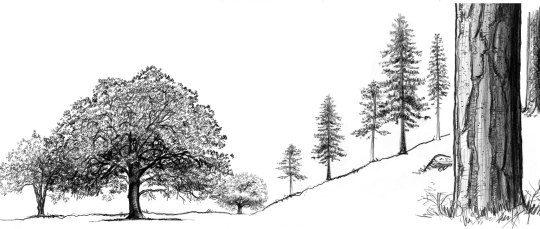
The history of the government’s suppression of cultural burning is long and violent. In 1850, California passed a law that inflicted any fines or punishments a court found “proper” on cultural burn practitioners.
In a 1918 letter to a forest supervisor, a district ranger in the Klamath National Forest — in the Karuk Tribe’s homeland — suggested that to stifle cultural burns, “the only sure way is to kill them off, every time you catch one sneaking around in the brush like a coyote, take a shot at him.”
For Thompson, the new law is a step toward righting those wrongs.
“I think SB 310 is part of that broader effort to correct those older laws that have caused harm, and really think through: How do we respect and support tribal sovereignty, respect and support traditional ecological knowledge, but also meet the climate and wildfire resiliency goals that we have as a state?” she said.
The devastating 2020 fire year triggered a flurry of fire-related laws that aimed to increase the use of intentional fire on the landscape, including — for the first time — cultural burns.
The laws granted cultural burns exemptions from the state’s environmental impact review process and created liability protections and funds for use in the rare event that an intentional burn grows out of control.
“The generous interpretation of it is recognizing cultural burn practitioner knowledge,” said Becca Lucas Thomas, an ethnic studies lecturer at Cal Poly and cultural burn practitioner with the yak titʸu titʸu yak tiłhini Northern Chumash Tribe of San Luis Obispo County and Region. “In trying to get more fire on the ground for wildfire prevention, it’s important that we make sure that we have practitioners who are actually able to practice.”
The new law, aimed at forming government-to-government relationships with Native tribes, can only allow federally recognized tribes to enter these new agreements. However, Thompson said it will not stop the agency from forming strong relationships with unrecognized tribes and respecting their sovereignty.
“Cal Fire has provided a lot of technical assistance and resources and support for those non-federally recognized tribes to implement these burns,” said Thompson, “and we are all in and fully committed to continuing that work in partnership with the non-federally-recognized tribes.”
Cal Fire has helped Lucas Thomas navigate the state’s imposed burn permit process to the point that she can now comfortably navigate the system on her own, and she said Cal Fire handles the tribe’s smoke permits. Last year, the tribe completed its first four cultural burns in over 150 years.
“Cal Fire, their unit here, has been truly invested in the relationship and has really dedicated their resources to supporting us,” said Lucas Thomas, ”with their stated intention of, ‘we want you guys to be able to burn whenever you want, and you just give us a call and let us know what’s going on.’”
#good news#environmentalism#traditional ecological knowledge#cultural burns#prescribed burns#california#fire#science#environment#nature#animals#usa#indigenous people#Karuk Tribe#indigenous conservation#conservation#indigenous peoples#indigenous history#colonialism#decolonisation#decolonization#long post#intentional burns#climate change#climate crisis
311 notes
·
View notes
Text
For usamericans who may not know how to support decolonization and indigenous people in their every-day lives, may I suggest checking this list of native-owned businesses, curated and maintained by indigenous folks. There's food, candles, cbd pre-rolls, clothes, jewelry, hats, baby things, handicrafts, art, and hundreds of other useful and wonderful things. I check this list before I buy non-native owned as often as I can.
Also check out the native-owned (pulitzer-prize winner Louise Erdrich started it!) bookstore and press Milkweed Editions (dot org) for an amazing selection of books by indigenous authors. I recommend Braiding Sweetgrass by Robin Wall Kimmerer (a collection of essays that will change your thinking if your mind is open at all) that's great for sitting down to read for bite-sized chunks. For book recommendations, check out this infographic!
Do you own property and want to support landback but still need a place to live? Odds are good that there's established precedence in your area to transfer its jurisduction to a local tribe and pay your land taxes and etc to them instead of the settler government!
Here is a list of charities and fundraisers for indigenous support.
Other ways to educate yourself and learn what indigenous people are working on nationally and locally is to follow indigenous people online! Many Native peoples on various social medias tag with #indigenous, #native, and by looking at those you will find many other tags and people to follow.
If you have extra cash, consider paying indigenous people's bail, donating to some of the causes linked above, or look for local initiatives to support in your own community!
#indigenous#native#decolonize your thoughts#decolonize#uspol#usa#usamerican politics#decolonization#land back#colonialism#anti colonialism#colonization#resources#links#woodsfae
5K notes
·
View notes
Text

March 11, 1845 - Māori warriors led by Hōne Heke and Te Ruki Kawiti made a bold stand against British occupation forces and settler colonialists in the Battle of Kororāreka (now Russell). Their victory saw the triumphant raising of the Māori United Tribes' flag—a powerful symbol of unity and resistance.
The defeat forced many settlers to flee Aotearoa and sell their land, marking a significant moment in the fight for Māori sovereignty. [link]
#māori#aotearoa#Kororāreka#indigenous resistance#indigenous#anti-colonialism#decolonization#british colonialism#new zealand#russell#resistance#1845
277 notes
·
View notes
Text

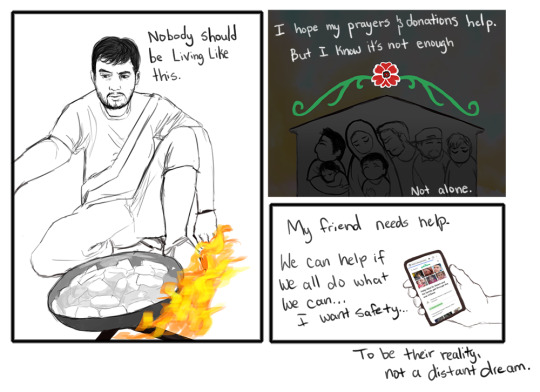
It pains me to see any human being to be living this way, to struggle to survive, to not know if you shall eat or live or die the next day, to be living in constant fear and waiting for some kind of relief. If it hurts you to see someone suffer like this as well, as I'm sure it does, imagine how much worse it must feel to those living through it! It hurts my heart, and I want to help, but I can't do it alone! My Palestinian friends needs your help! And you can help! Together, we are not powerless!
The Al-anqar family (who is vetted & #4 on this spreadsheet by gazavetters) needs our help to get to safety with their family. Thanks to the generosity of kind people, such as those on tumblr, they have made it to €30,608 of their €50,000 goal! However, they still have €19,392 more to raise in order to reach their dream of safety and security, and you can help them do it, even if it's simply through a reblog and/or a small donation. Every little bit counts!
#decolonization#indigenous#falasteen#vetted#vetted fundraiser#vetted funraisers#vetted and verified#vetted & verified#free palestine#free falasteen
459 notes
·
View notes